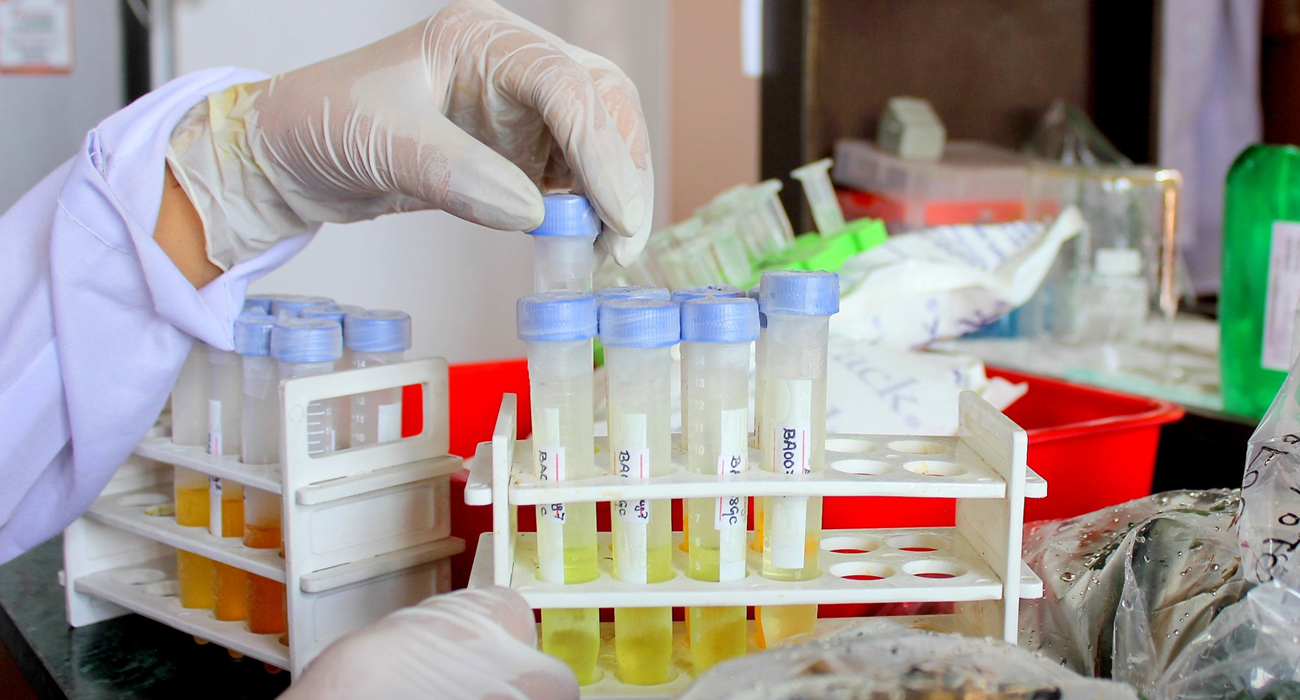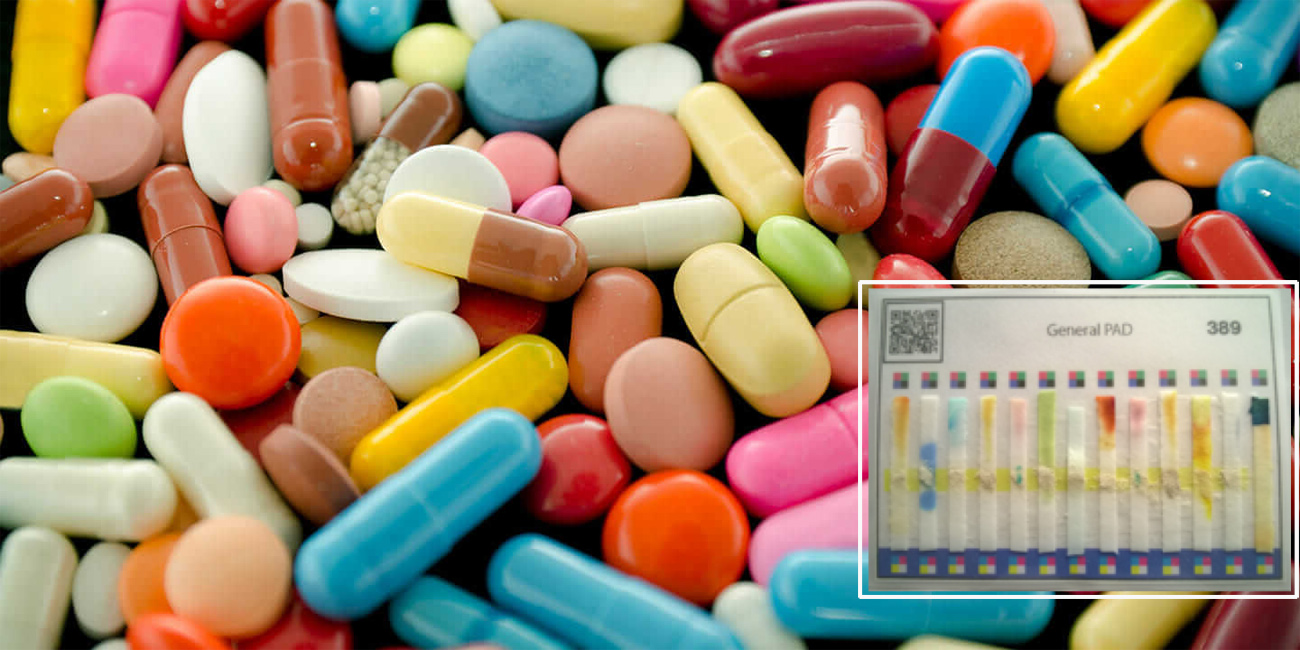Projects
PEER PROJECT

Contamination of vegetables and fruits by pesticides and endoparasites is a major public health concern in developing countries, including Nepal. Pesticides are widely used worldwide to protect crops from pests, but their excessive and unmanaged use is harmful to humans and the ecosystem. Pesticides are well-known toxins that cause acute and delayed health effects, including disruption of the central and peripheral nervous systems and cancer. Similarly, according to the World Health Organization (WHO), about 8% of total deaths reported in Southeast Asia are caused by diarrhea. In Nepal, several instances of diarrheal outbreaks are reported every year. Human exposure to pesticides and parasites is due to contaminated food and water. Concerns over food pollution are rising in Nepal, but science-based understanding of the level of pollution is limited, due in part to the unavailability of reliable, economical, easy-to-use, and rapid field test methods to be used as important early warning tools for consumers. Conventional methods for determining pesticide residues on food involve sophisticated, time-consuming, expensive chromatographic methods that require advanced lab facilities and skilled operators. Similarly, endoparasite oocysts in food products are identified using expensive, high resolution optical microscopes, immunofluorescence-based microscopy, and polymerase chain reaction techniques that are not suitable for field screening of samples in developing countries.
This project aims to develop:
(1) a paper-based pesticide residue assay and (2) smartphone-based oocyst assay methods.
Both of these high throughput, low-cost, easy methods will be first developed and validated in the laboratory and later tested with vegetable samples at various locations across Nepal. It will be the first large-scale field testing of these methods with real samples. Other activities on the project will include providing training to students and government technicians, organizing workshops for concerned stakeholders, creating online map with field results, and disseminating information. Bringing reliable assay methods for pesticide residue and oocysts for public use with the possibility of commercialization will be the major output of the project.
